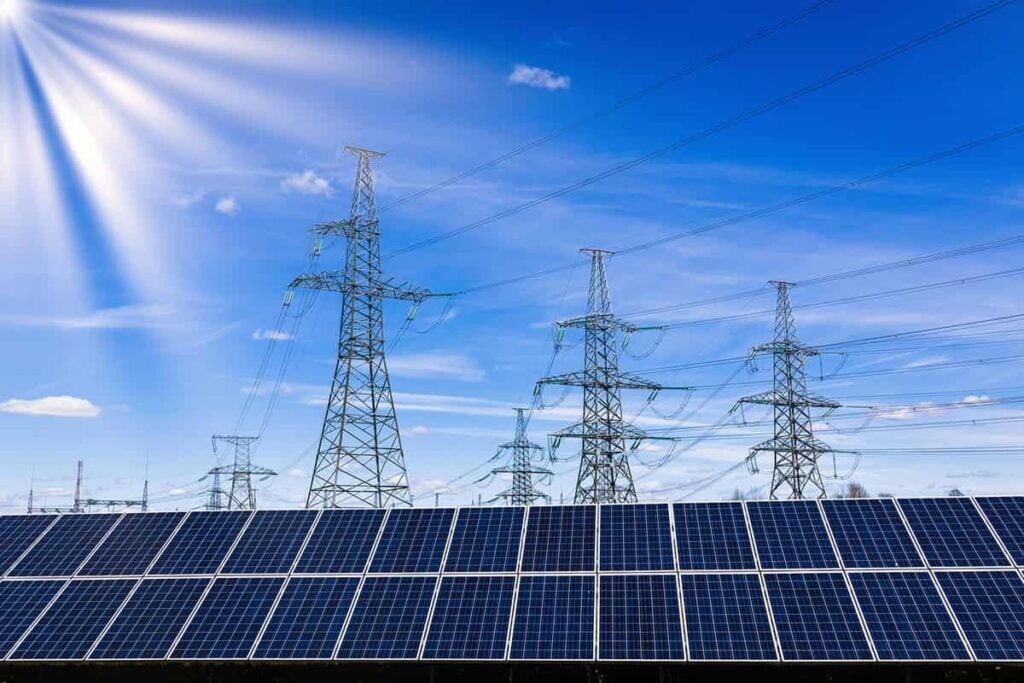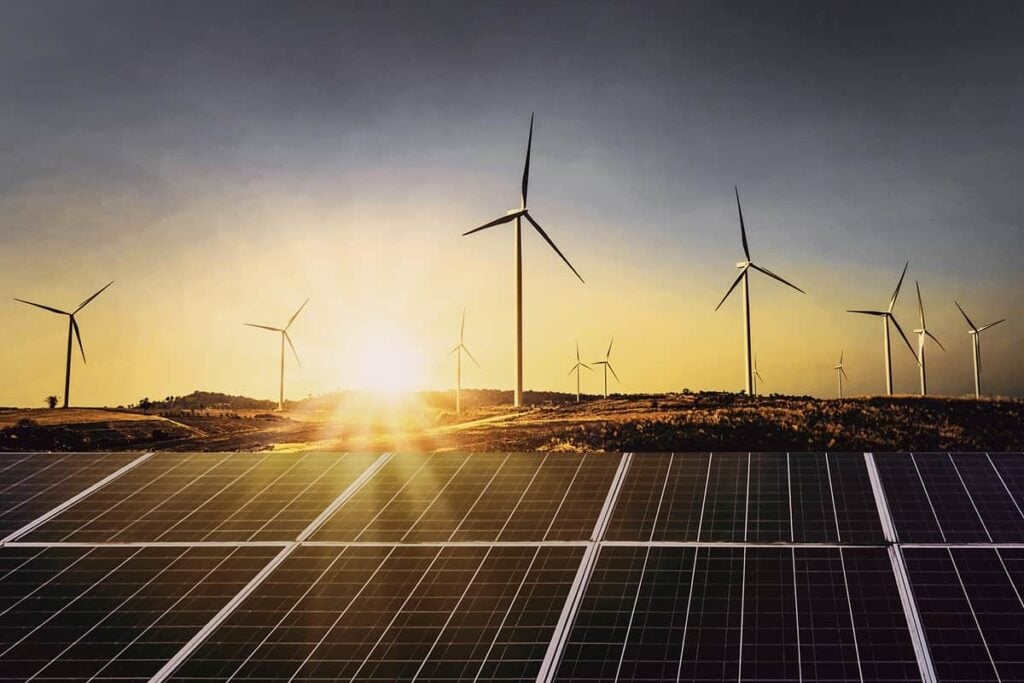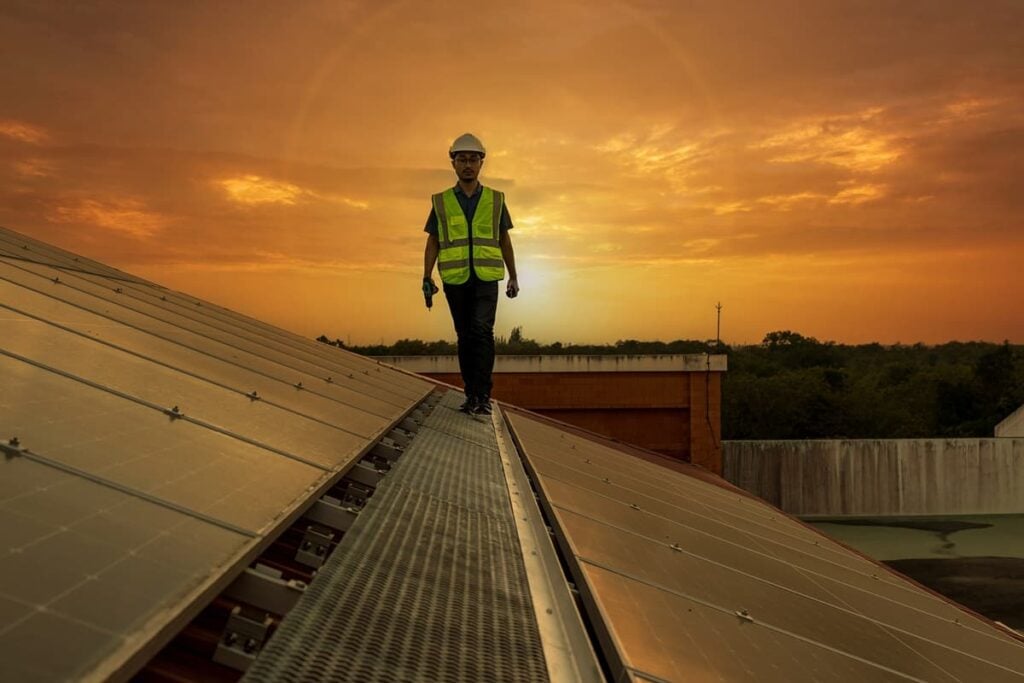SolarEdge Gives an Edge to Solar Installations
Table of contents
Table of contents

In an earlier article highlighting solar company 1366 Technologies, we discussed just how well solar ETFs have performed year-to-date. Now that the last trading day of 2013 is over, we see the Guggenheim Solar ETF (NYSEARCA:TAN) and Market Vectors Solar Energy ETF (NYSEARCA:KWT) have realized gains of 131% and 102% respectively in 2013. One company looking to supply the “picks and shovels” to the burgeoning solar industry is SolarEdge.
About SolarEdge
Founded in 2006, Northern California based SolarEdge employs 270 people across the globe with offices in the US, Japan, China, Germany, and Australia. According to Crunchbase, SolarEdge is financially backed by a total of $85 million in investments so far from the likes of Norwest Venture Partners, Lightspeed Venture Partners, GE Energy Financial Services, and Genesis Partners. A cursory search of the US Patent database shows 19 patents with the company listed as the assignee.
The SolarEdge Portfolio
One critical component in a photovoltaic system is an inverter which transforms the DC power generated by the solar panels to AC power which can then be used by ordinary commercial appliances or fed into a commercial electrical grid. The SolarEdge product portfolio contains three components. The first is the “power optimizer” connectors that attach to the solar panels, the second is the inverter itself, and the third is the monitoring module which also supports smartphones.
Use of this system is said by SolarEdge to result in 25% more energy with no losses from module power mismatch, partial shading, soiling mismatch, or aging mismatch. The system also provides cost-efficient maintenance with module-level performance data and a presentation of the complete system on a virtual sitemap easily accessible via web browser or smartphone along with automatic alerts on system issues. According to Crunchbase, SolarEdge claims to have established the DC power optimizer segment and says to be leading it with over 70% market share. By Q4 2012, SolarEdge had shipped over 1.6 million power optimizers to more than 40 countries worldwide and in their latest system overview, it states that 2.7 million units (presumably any one component of the system) have now shipped to over 50 countries worldwide. The “power optimizer” currently sells on Solar Systems USA for around $70.
Conclusion
It is important to note that there is an alternative approach to solar installations which is to use a mini-inverter for each solar panel. SolarEdge addresses this alternative approach with a page on their website showing a comparison between the two methods. Green Tech Media published an article in October 2012 comparing the two methods and concluding that there is a good case for each. Regardless of the pros and cons of each approach, the number of units sold by SolarEdge so far shows their approach is gaining some traction.
Sign up to our newsletter to get more of our great research delivered straight to your inbox!
Nanalyze Weekly includes useful insights written by our team of underpaid MBAs, research on new disruptive technology stocks flying under the radar, and summaries of our recent research. Always 100% free.
















Our company sells both Enphase® micro inverters and SolarEdge and I highly recommend SolarEdge for several reasons. First of all the Enphase® M250 micro inverter is only rated for 240 watts maximum, continuous so even though a typical 280 watt solar panel with a +3% tolerance rating is capable of outputting 3% more than 280 watts, you will only get a maximum continuous output of 240 watts per their spec sheet from each Enphase® inverter. With an average of twenty micro inverters in a typical system, this would be a tremendous loss of power over the life of your system.
With a system using SolarEdge power optimizers instead of micro inverters, you will have a much greater maximum output rating of up to 400 watts or 600 watts for commercial installations, depending on the model of power optimizer that you choose, so, far less power can potentially be wasted.
Second, the Enphase® M250 is only rated for 96.5% maximum efficiency with a CEC weighted efficiency of 96.5%. Other technologies such as SolarEdge offers a higher peak efficiency rating of 98.3% and a CEC weighted efficiency of 97.5%. This may not seem like a big difference but when you consider the 30 to 40 years life expectancy of your solar panels, the difference in efficiency will add up to considerable amount of power.
Third, the Enphase® M250 will only turn on when your shaded panels have reached 22 volts whereas a SolarEdge equipped solar panel will begin producing power with as little as 5 volts which yields better shade protection and better early morning, late afternoon energy harvest.
Fourth, with Enphase®, the portal which allows you to connect to the Internet so that you can monitor your solar panel’s individual performance is optional and costs about $500.00, whereas with Solaredge, the Internet portal is built in at no additional cost. Also with Enphase® you have to purchase their proprietary cabling which costs about $40.00 per micro inverter. With SolarEdge, the cabling is built in at no additional cost.
Micro inverters are typically mounted under the solar panel on a potentially hot roof which in my opinion increases the risk for failure when compared to a ground mount installation. SolarEdge power optimizers use far less heat dissipating components in their under solar module mounted power optimizers which increases their life expectancy.
An important point to remember is that micro inverters may offer a 25 year warranty but that warranty does not cover the labor costs for removing and replacing failed micro inverters. It is an inescapable fact that all inverters will eventually fail. Unfortunately they won’t all fail at the same time. You may have some micro inverters that will fail at year 11 after your installation warranty expires and a few more may fail at year 13 and a few more at year 16 and and so on.
None of the labor costs for these potential failures after year 10 will be covered by your warranty. And you can expect the cost for an electrician to climb up on to you roof and remove and replace failed micro inverters to be in the neighborhood of $150 to $200 per site visit. So instead of an easy to replace, single point of failure at ground level, with a micro inverter system you will typically have multiple points of failure on top of a roof that unfortunately, won’t all fail at the same time.
SolarEdge was recently awarded Intersolar’s prestigious 2012 innovation award in Munich, Germany.
The best part is that a SolarEdge system costs considerably less than Enphase® and offers better performance in shaded environments as per a standardized National Renewable Energy Laboratory (NREL) shading study conducted by PV Evolutions Lab (PVEL).
Ray,
That is an excellent detailed comparison of the Enphase micro inverter versus the SolarEdge inverter. Thank you!
Ray,
Do you have any experience using the SolarBridge micro-inverters? See below article on their challenge to Enphase, mainly their reliability claims.
https://nanalyze.com/2014/04/will-solarbridge-micro-inverters-challenge-enphase/
I’ve used both and when I look at similar systems I’ve installed, SolarEdge really doesn’t turn on earlier. Baffled me because I believed their marketing – like Ray in the comments seems to. But found an interesting video today that seems to explain the discrepancy: https://www.youtube.com/watch?v=q17vH1mNpDQ. Makes sense – how could it really turn on at 5V? Maybe a single unit can, but if a whole string is only at 5V, the whole system is still going to be far from turnign on.
Optimizing the power inverter is ideal especially for a location with summers as hot as Texas.
I have investigated Solar Homes (Ray Boggs) claims. Many of SolarEdge marketing claims are misleading, comparing apples to oranges, whereas Enphase claims are factual, so I mistrust SolarEdge as a company. having worked in a2 startups, misinformation to make employees rich from stock options is rampant. One must evaluate both products for their individual situation, Solaredge wins on cost, 72 cell panels, and maybe reliability in hot humid climates. One test that claims Enphase is superior is http://www.compareenphasesolaredge.com/assets/PVEL_Study-on-EE-vs-SolarEdge-w-varying-string-lengths_English.pdf
Thank you for the comment Al!
This company had a rather successful (so far) March 2014 IPO and is now publicly traded:
https://www.google.com/finance?q=NASDAQ%3ASEDG&ei=Bsw1VbnyNY_auwSMzYCwBg